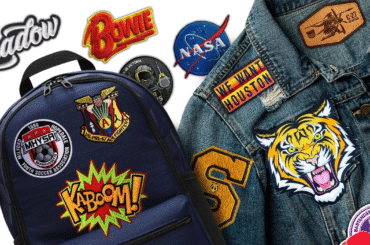Keeping your car clean is not just about looking good—it’s also about preserving its value and protecting its surfaces. Dust, dirt, and grime can cause scratches, dull the paint, and even lead to rust if ignored for too long. Understanding effective car wash techniques can help you maintain that showroom shine and extend your vehicle’s lifespan. Let’s explore the best practices to turn a dusty car into a glossy masterpiece.
- Preparing for the Wash
Before you even touch your car with water, preparation is key. Park your car in a shaded area to prevent soap from drying too quickly and leaving streaks. Gather the right tools:
- Two buckets – one for soapy water, one for rinsing.
- Microfiber wash mitts – gentle on paint and great at trapping dirt.
- pH-balanced car shampoo – unlike dish soap, it won’t strip away wax.
- Soft-bristle wheel brush – for cleaning rims and tires.
This setup ensures that you can clean effectively without causing damage.
- The Two-Bucket Method
One of the most popular and effective Car Wash Techniques is the two-bucket method. Fill one bucket with soapy water and the other with plain water for rinsing your mitt. After cleaning a section of your car, rinse the mitt in the plain water before dipping it back into the soapy bucket. This prevents dirt from circulating back onto your car and reduces the risk of scratching the paint.
- Top-to-Bottom Washing
When washing, always start from the top of the car and work your way down. The upper sections are usually cleaner, and washing them first prevents dragging dirt from the lower, dirtier sections across the paint. Divide your car into sections—roof, windows, hood, doors, and finally the lower panels.
- Gentle, Straight-Line Motions
Circular scrubbing motions may seem natural, but they can create swirl marks in the paint. Instead, use straight-line motions with light pressure. Microfiber mitts glide smoothly, lifting dirt instead of grinding it into the paint surface.
- Wheel and Tire Cleaning
Wheels collect the most brake dust, road grime, and dirt. Always clean them separately using dedicated brushes and wheel cleaner. If you clean them last, you avoid splashing dirty water onto freshly cleaned paint. Remember to scrub tires too—a clean tire makes the whole car look better.
- Rinsing Thoroughly
Rinse your car thoroughly with a gentle stream of water, starting from the top. Avoid high-pressure settings too close to the paint, as they can damage delicate areas. Make sure all soap is removed before moving to the drying step.
- Proper Drying Techniques
Drying is just as important as washing. Use a clean microfiber drying towel or a soft chamois to blot and wipe gently. Avoid letting your car air dry, as it can leave water spots. For a flawless finish, use a quick detailer spray while drying—it adds shine and a light protective layer.
- Waxing for Protection
Once the car is clean and dry, apply a layer of Quality Car Wax or sealant. Waxing not only enhances the shine but also provides a protective barrier against dust, UV rays, and rain. Depending on your driving conditions, wax your car every 2–3 months.
- Regular Maintenance Washes
A deep wash every two weeks is ideal for most drivers. In between, you can use a waterless car wash spray for quick touch-ups. This keeps the dust from building up and makes the next full wash easier.
Conclusion
From dust to gloss, an Effective Car Wash is all about technique, patience, and using the right tools. By following proper washing steps—preparation, two-bucket cleaning, top-to-bottom approach, gentle motions, and protective waxing—you can maintain a spotless and shiny vehicle that turns heads wherever you go. Remember, a clean car is more than just appearance—it’s a reflection of care, pride, and protection for your investment.






